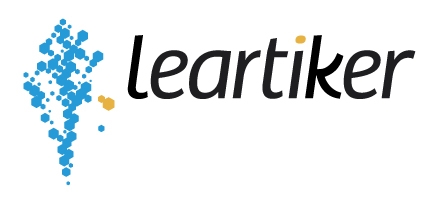Luca Settanni is associate professor of Agricultural Microbiology at University of Palermo – Italy. His research topics are mainly included in the food microbiology, considering several genetic, physiological and technological aspects of lactic acid bacteria and yeasts isolated from fermented food matrices (dairy products, leavened baked goods, fermented olives, wine and fermented meats), different biopreservation strategies (use of bacteriocins, essential oils and aqueous extracts of plants) and the hygienic safety (microbiological monitoring of the plant in pre-harvest) of food products. In the last years, his research activity focussed on the evaluation of the effects of wooden vat biofilms during cheese production. He is author of more than 120 publications in international peer review journals.
Lecture title
Role of lactic acid bacterial biofilms and safety aspects of cheeses with traditional characteristics made with wooden equipment.
Summary title
The production of the typical cheeses in several European Countries, especially France and Italy, remained almost unchanged through centuries. Some productions are still carried out from raw milk coagulated and transformed in a wooden vat (called “gerle” in French and “tina” in Italian) without the addition of exogenous microorganisms. These productions are basically carried out from raw milk coagulated and transformed in wooden vats without addition of exogenous microorganisms. In Europe, the use of wood in cheese making is possible thanks to the Commission Regulation (EC) No 2074/2005 that allows derogation from Regulation (EC) No 852/2004 for foods with traditional characteristics (Commission Regulation, 2005).
The majority of Sicilian cheeses are produced at artisanal levels with “autochthonous” microorganisms. These agents are adapted to the production area (environment), the local raw materials (substrates) and the traditional protocol (technology); thus, they probably do not reproduce their performances in different conditions. In this contest, the use of wood that can help the formation of microbial biofilms strongly contributing to the product’s typicality (Didienne et al., 2013; Licitra et al., 2007; Lortal et al., 2009; Scatassa et al., 2015; Cruciata et al., 2018; Gaglio et al., 2019), is of paramount importance in cheese making. Due to the microbiological implications of the wooden vats for these cheese typologies, they have been extensively investigated both for the presence of positive pro-technological microorganisms, basically lactic acid bacteria (LAB), and for that of the undesired (spoilage/pathogenic) microbial agents (Lortal et al., 2009; Settanni et al., 2012; Scatassa et al., 2015). In these works the levels of LAB were in the range 103 – 106 CFU/cm2, Salmonella spp. and Listeria monocytogenes were totally absent, CPS were below the enumeration limit and the presence of E. coli was very limited. Furthermore, the LAB present in the biofilms of the wooden vats inoculate the bulk milk, even after a short time (about 5 min) of contact. Thus, the wooden vats act as a reservoir of LAB for the inoculation of milk. The LAB biofilms developed on the internal surfaces of the wooden vats used for the traditional cheese making basically included enterococci, several starter and non starter Lactobacillus, Lactococcus lactis, Leuconostoc mesenteroides, Pediococcus acidilactici and Streptococcus thermophilus. These bacteria influenced cheese manufacturing (acidification steps) as well as ripening, thus, the characteristics of the final products.
Based on these results, the wooden vat was used as a system for the direct inoculums of a group of selected Lactococcus lactis subsp. cremoris strains to develop an ad hoc biofilm on the surfaces of virgin wooden vats, demonstrating that the neo-formed biofilms enabled the reduction of microbial variability and stabilised the sensorial attributes of the Vastedda cheese (Gaglio et al., 2016). The wooden vat used for cheese making in Sicily are cleaned after cheese production with hot water or hot whey or both and this treatment has a strong inhibiting action towards the thermal sensitive strains. Other parameters contributing to the safety of the wooden vats are the competition for nutrients, the sudden pH lowering determined by LAB that rapidly ferment lactose from the residual whey (Settanni et al., 2012) and the production of bacteriocins by some strains of LAB that are part of the biofilms (Lortal et al., 2009). Scatassa et al. (2015) registered an antimicrobial activity for almost 36 % of the total strains collected from the wooden vats used in western Sicily. The highest activity in terms of number of sensitive strains inhibited and inhibitory power was displayed by strains of the species E. faecium and Lb. plantarum which also showed a strong anti-Listeria effect.
This lecture is supported by

